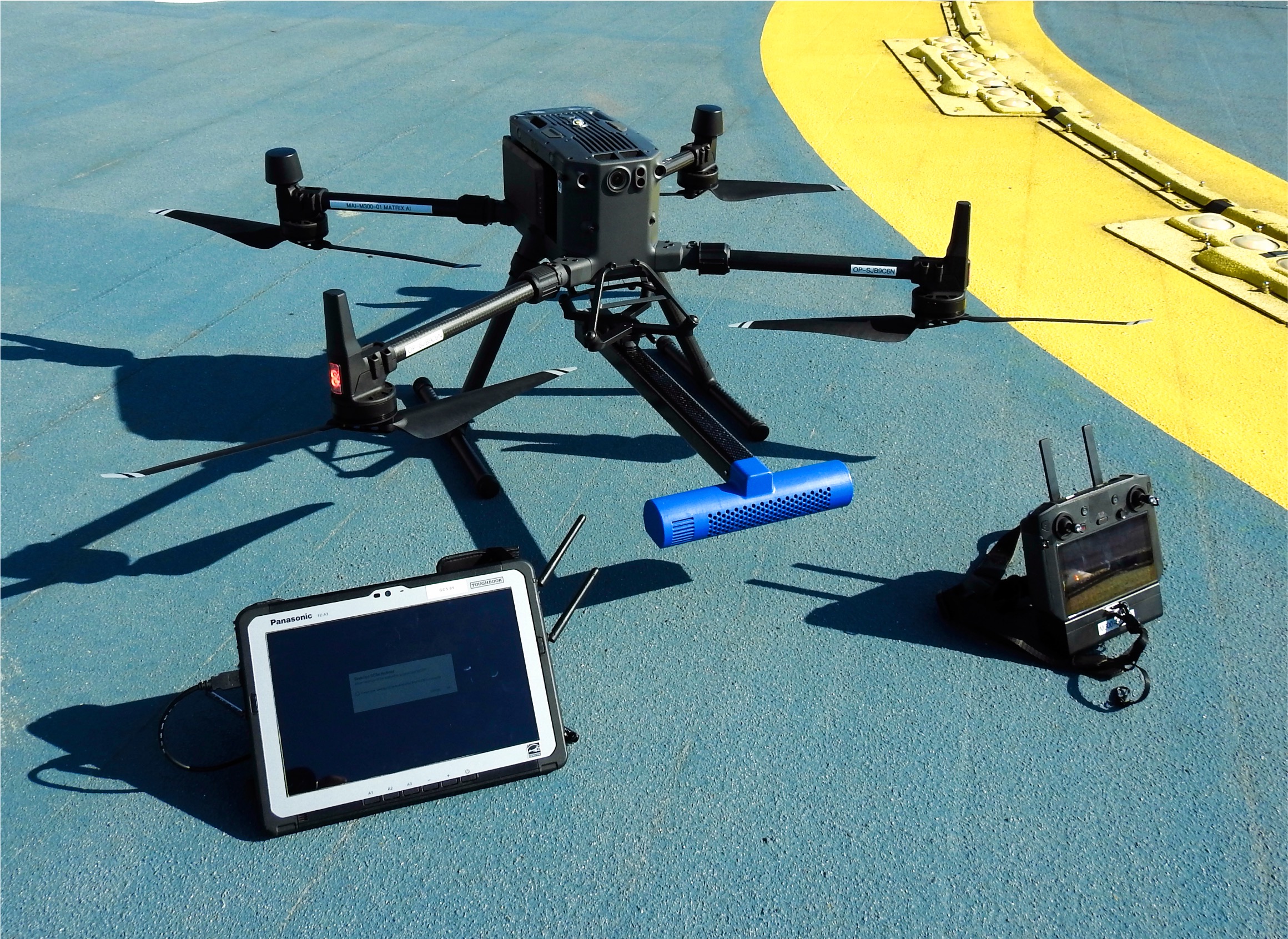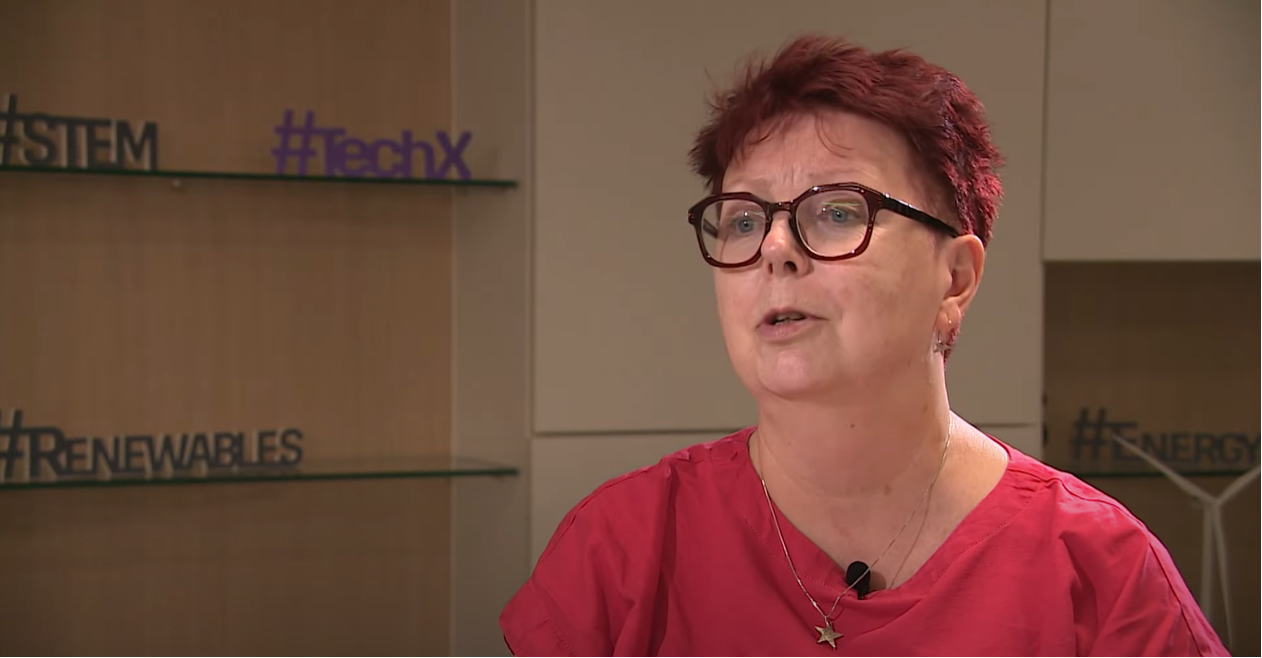NEWS & INSIGHTS | article
NZTC and NSTA launch roadmap for emissions measuring and monitoring tech

The Net Zero Technology Centre (NZTC) and the North Sea Transition Authority (NSTA) have launched a new resource hub focused on emissions measuring and monitoring technology.
The ‘roadmap‘ aims to provide North Sea operators with data and insights on the latest technologies currently available, and those on the horizon.
Developed collaboratively with the industry, the roadmap includes more than 45 technologies, ranging from in-situ sensors and handheld instruments to drones, planes, and satellites.
The NZTC said the information provided on each technology includes deployment method, sensor classification, and measurement frequency.
It comes as the NSTA regulator pushes ahead with plans to require developers to electrify their oil and gas assets in a bid to drive down emissions within the sector.
The NSTA said while the sector remains “well on course” to meet interim emissions reduction targets included in the North Sea Transition Deal, further abatement measures will be needed to achieve the goal of halving production emissions by 2030, against a 2018 baseline.
Several operators have voiced investment concerns surrounding the NSTA targets, amid fears the electrification plans could drive away investment and force existing assets to close early.
In a statement announcing the emissions technology roadmap, NSTA measurement and allocation manager Doug Griffin said: “This project has an important role to play in defining the roadmap for the adoption, across the UKCS, of the best and most up-to-date technologies in emissions measurement.
“This will improve the quality of the data that NSTA uses in assessing Operators progress towards achieving the GHG (greenhouse gas) emissions reduction targets set out in the North Sea Transition Deal.
“In addition, some of the technologies showcased allow GHG emissions to be modelled in real time; this can play a key role in helping operators to manage and minimise these emissions.”
NZTC project manager Lewis Harper said: “We had an overwhelming response to our call for technology to include in the roadmap, which was followed by an extensive screening process whilst also cross-referencing against some of the leading organisations such as IOGP and Carbon Limits.
“Providing operators with current and emerging technologies means that the market scan has been done for them, allowing them to focus on selecting the best solution to accurately baseline their emissions and more importantly, take action.”
In addition to the technologies outlined in the NZTC and NSTA roadmap, a new project will soon allow for methane emissions from the oil and gas sector to be monitored from space.
Launched into orbit last month, the MethaneSAT will monitor at least 80% of global hydrocarbon production, in many cases down to specific sites and assets.
Subscribe for the latest updates



